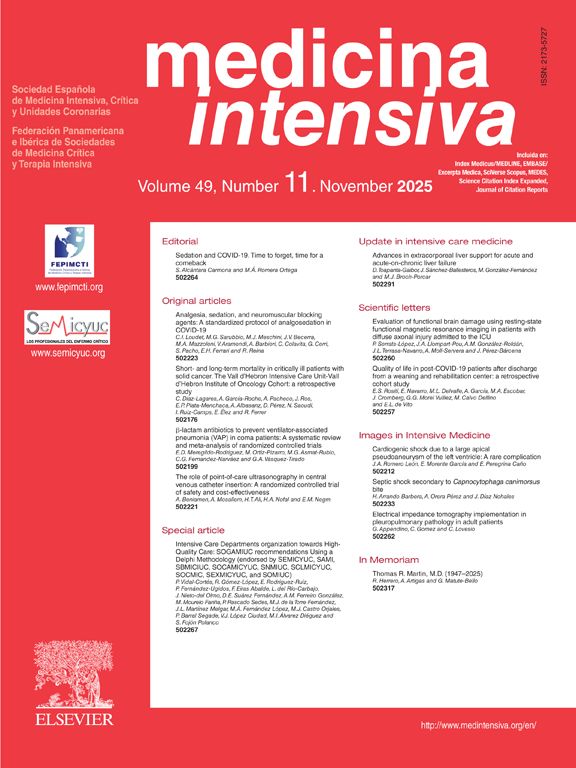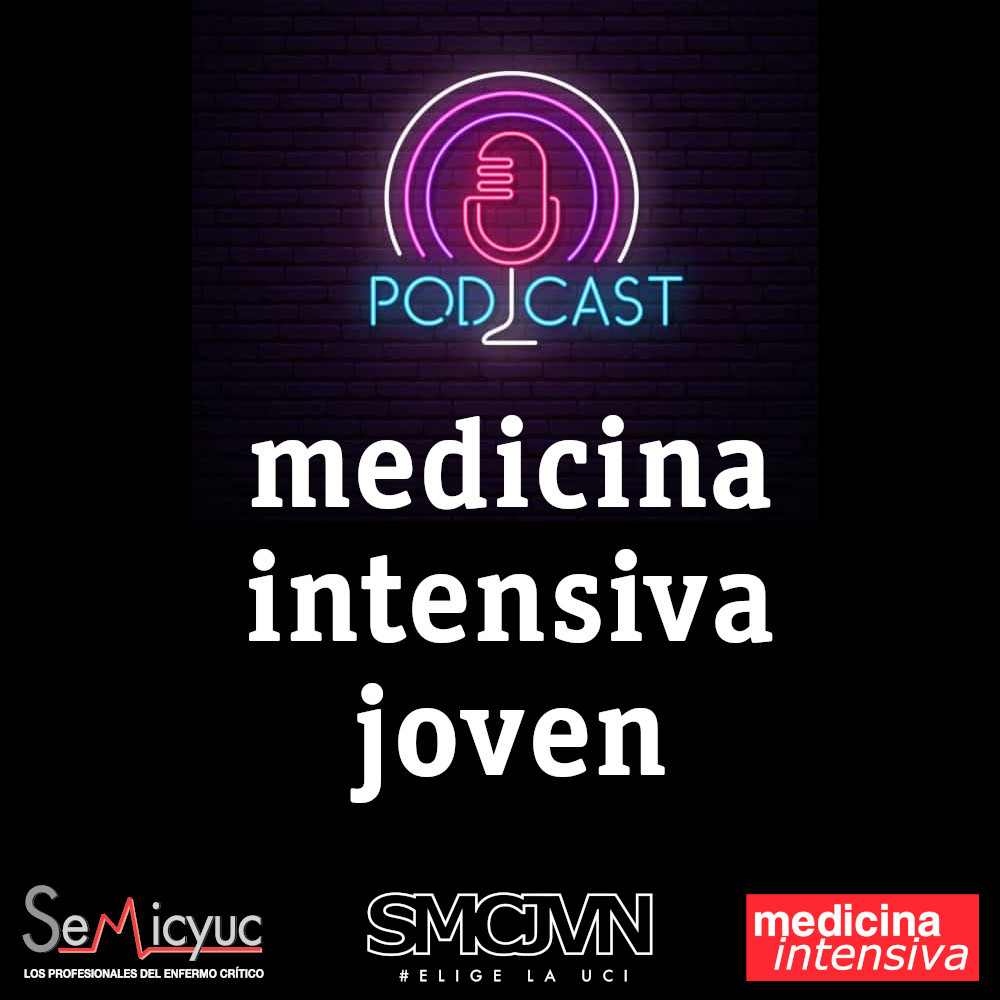We are writing in response to the letter submitted by our colleagues, Dueñas-Ruíz et al.,1 in which they express their agreement with our recently published article, entitled: “Patient safety, what does clinical simulation and teaching innovation contribute?”,2 and highlight the importance of clinical simulation as a teaching strategy in the field of medical education. We are pleased to learn that there is consensus on the points raised by the authors. In our country, an increasing number of Faculties of Medicine are integrating clinical simulation into their medical teaching programs with the objective to providing students with secure practical experiences that emulate the reality they will encounter when interacting with patients. This increase is due in part to the growing emphasis being placed on patient safety as a fundamental concern in our profession.3 However, the integration of simulation in the study plans in Medicine requires a gradual approach consistent with a series of objectives and competencies clearly defined in the training program. The ad hoc use of simulation that increases the teaching burden without achieving palpable results should be avoided.4,5 Consideration is also required of the importance of adapting the simulation exercises to the rhythm and learning capacity of the student and the possible need for repetition.6 Lastly, a key aspect of simulation is the feedback it offers the teacher which, if effective, will contribute to modifying performance, molding skills and knowledge, stimulating learning and contributing to creating the professional identity of the student. A poorly executed simulation exercise can result in deficient learning and may be lived as a negative emotional experience, leading to future rejection and distrust towards the profession in the future. As a complement to the use of advanced mannequins, high-fidelity simulators or actors, online simulation or enhanced virtual reality strategies may be considered as alternatives that are well accepted by the students and offer unlimited opportunities to practice and perfect skills in a risk-free environment, reducing the costs associated with the use of facilities and sophisticated equipment that require additional staff. Game-based learning allows for the addition of game elements in non-leisure settings, encouraging engagement and increasing enthusiasm among participants. In this regard, we have so-called serious games (interactive software applications that pose a challenge and incorporate some scoring mechanism, affording practical knowledge, skills or attitudes in the real-life scenario) and gamification (a strategy that can be described as a leisure thinking process with game mechanics that seek to engage users and solve problems). The use of these tools provides medical students with a pleasant and attractive immersion experience that moreover improves the study results.7
In sum, the integration of clinical simulation into undergraduate programs is highly desirable, as it will guide students towards safe and effective future practices when faced with solving patient problems. Many effective and complementary techniques can be used, provided the objectives are clearly defined and the teacher is well-trained in their use.




